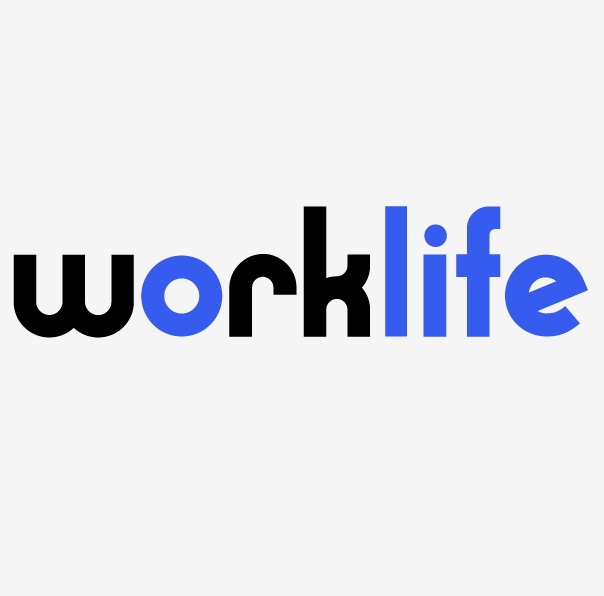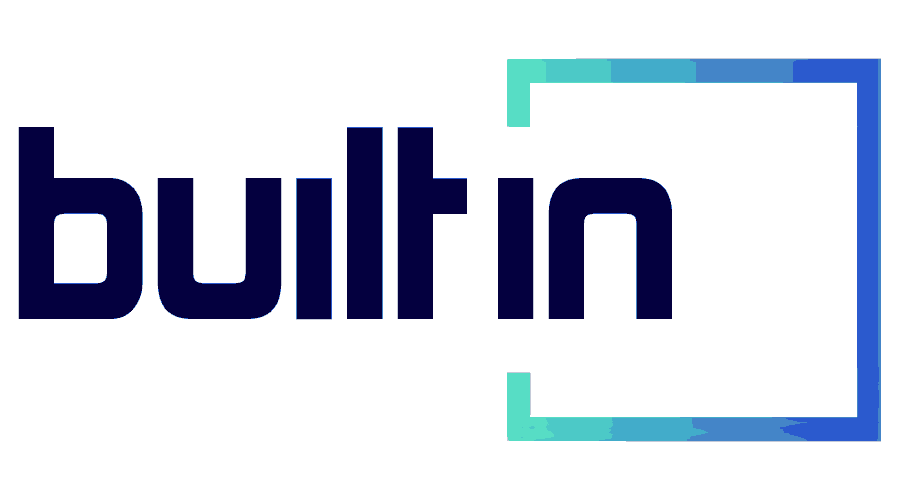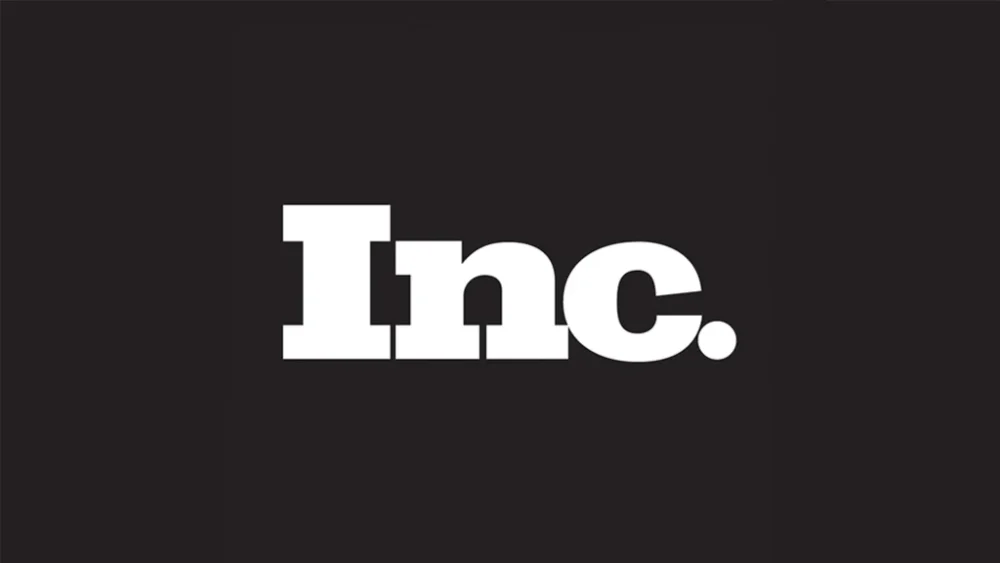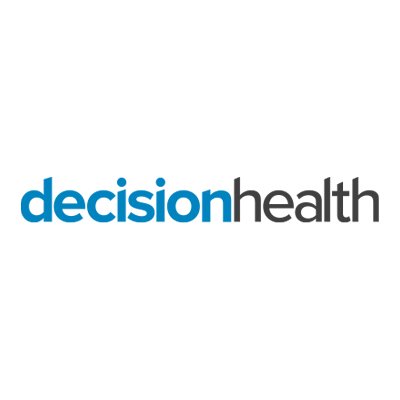There is a universal truth about mothers: at some point we’ve all had at least one, and yes, even lawyers have one (although many of our moms deny it). With unemployment at a low of 3.9% nationwide in April, and dire predictions of a severe talent shortage in the next decade (a new Korn Ferry study says 85.2 million unfilled jobs by 2030), keeping working moms employed has never been more critical to the U.S. economy. As a result, many employers are implementing increasingly creative ways to compete for, attract and retain working moms.
Let’s not forget, there is also underway a rapid expansion of legal support for working parents of all genders. The federal Family and Medical Leave Act (“FMLA”) provides up to 12 weeks of job protected, unpaid leave for the birth/adoption of a child and to care for that child. The New Jersey Family Leave Act (“NJFLA”) also provides for 12 weeks of unpaid bonding time under similar circumstances. Keep in mind that if the perfect storm occurs, New Jersey mothers can actually end up with 24 weeks of job protection given the way those laws can overlap. Confused? Call and we can explain.
And then there is New Jersey Family Leave Insurance (“NJFLI”), which provides up to 6 weeks of compensation for bonding with a newborn/adopted child. NJFLI is not leave time and although an employee can be paid while bonding, if he/she is not covered by FMLA or NJFLA, an employer is not required to grant time off for the employee to collect the benefits and cannot be sued under the law if it terminates an employee while receiving NJFLI. One more thing: on October 29, 2018, New Jersey parents will be able to take paid time off to take junior to the doctor or to attend school events under the new Earned Sick Leave Act. Got that all straight? There will be a quiz at the end.
Starting January 1, 2018, New York moms and dads became entitled to paid family leave to care for a newborn or adopted child. See our piece: https://tinyurl.com/ycggvrfe. That law currently provides NY parents with 8 weeks of bonding leave and payment of 50% of the state’s average weekly wage, with those benefits rising to12 weeks at 67% of the AWW by 2021.
What would a baby be without mother’s milk? The answer is hungry but that’s not the point. Since 2010, the federal “Break Time for Nursing Mothers” amendment to the FLSA required employers to provide nursing mothers with “reasonable break time to express milk” and a private place other than a bathroom to do it. That law allows employers with fewer than 50 employees to opt out if they can demonstrate an undue hardship (wishing you luck with that). It also limits the protection to 12 months, so if mom is still nursing Bobby until his Bar Mitzvah, she will have to pump on her own time; that is unless mom is employed in New Jersey.
That’s right, with minimal fanfare (because we forgot to tell you), on January 8, 2018, breast feeders (the moms that is) became a protected class under the New Jersey Law Against Discrimination. The law provides for breaks like the federal version, but applies to all employers and sets no limit on how long a mother will be protected–so birth to college is on the table.
Finally, in our ongoing effort to be culturally sensitive, we want to point out that “Mother’s Day” does not mean the same thing in other countries. In fact, Zambia recently enacted a “Mother’s Day” law which requires all employers to allow women to take off one paid day a month, called “Mother’s Day,” to care for herself when it is…well, “that time of the month.” Employers can actually be criminally prosecuted for not allowing or paying for Mother’s Day. Although far too many editorial comments are reverberating, we just hope none of our local political leaders are considering such legislation. It’s hard to imagine anyone’s comfort level with that attendance spread sheet being posted in any of our workplaces.
Happy Mother’s Day!









